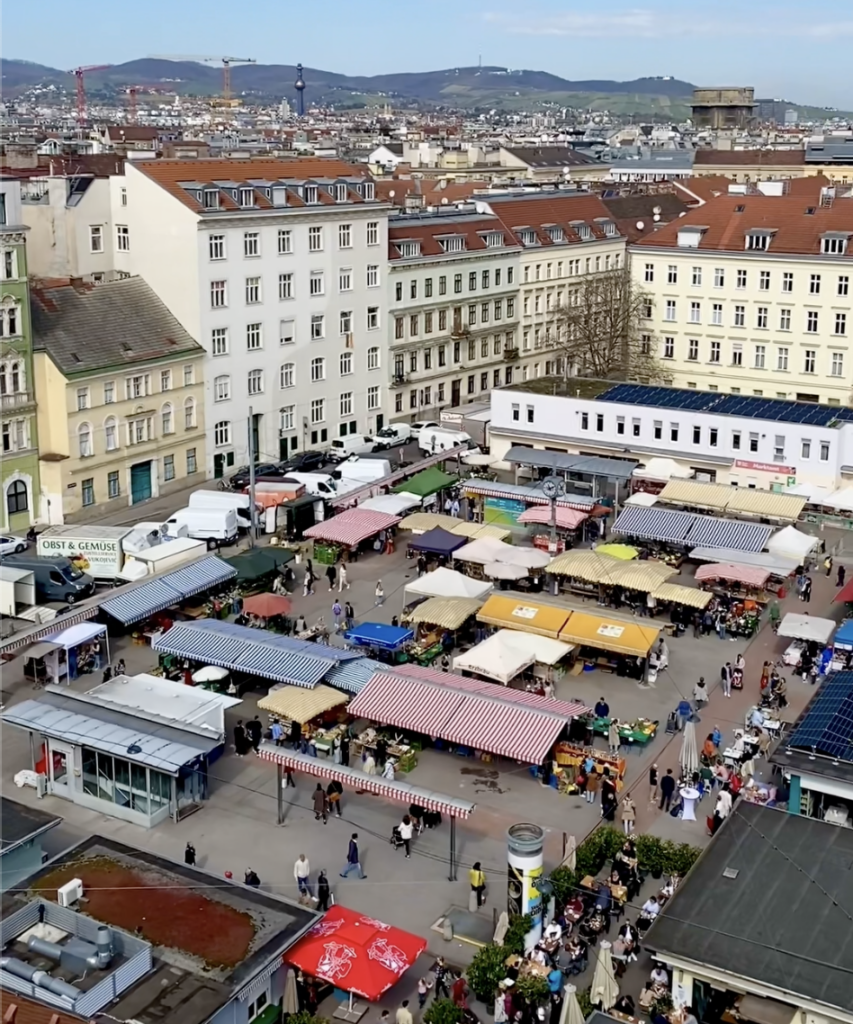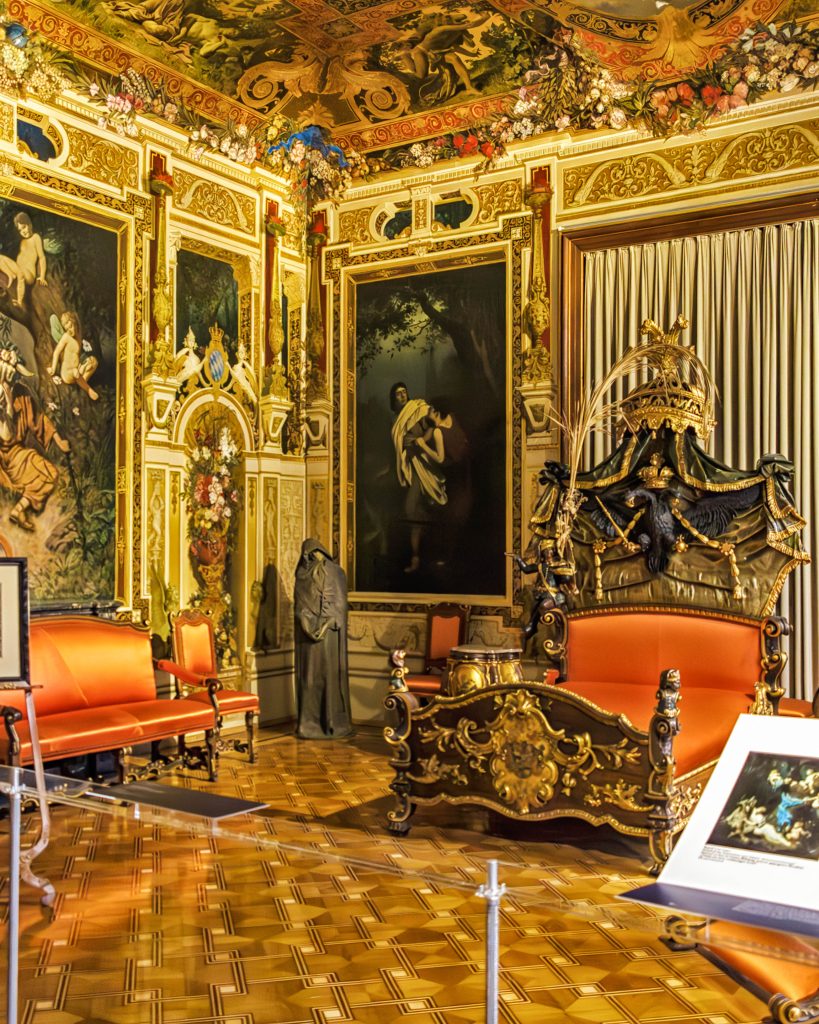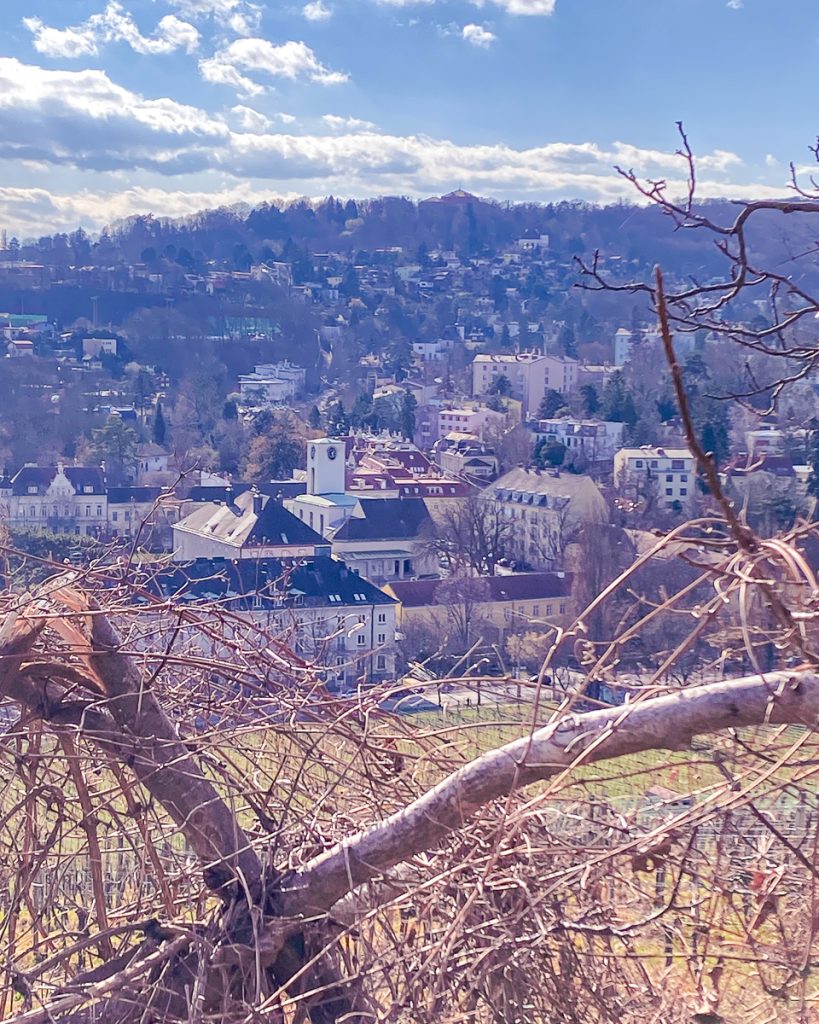Karmelitermarkt

The Karmelitermarkt in the 2nd district is one of the oldest markets still in existence in Vienna. With over 17,000 visitors per week, it is one of the insider tips among Vienna’s markets.
There is a wide range of products on offer: in addition to cheese specialties, horse and bison meat, you can buy organic fruit and vegetables, various specialties such as honey, wood-fired bread and fresh fish or seafood. One of the largest farmers‘ markets in Vienna takes place on Saturdays in particular and around 60 squares are filled with colorful market activity.
As early as 1671, the market privileges granted by Emperor Leopold I allowed a weekly market for food and livestock to be held on the square in front of the Carmelite Church. In 1910, it was moved to the area still used today.



